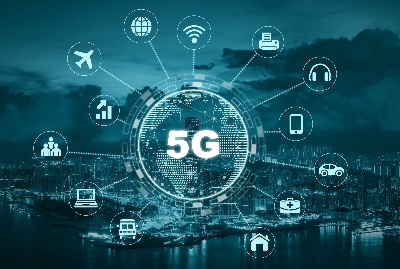
The enhanced signal quality in 5G technology is a crucial aspect that significantly impacts the performance and reliability of mobile communications.
As 5G networks are designed to support a wide range of applications, from high-speed internet to critical communications, achieving superior signal quality is essential for meeting user expectations and service requirements.






Key Factors Contributing to Enhanced Signal Quality
Beamforming Technology:
5G utilizes beamforming, a technique that directs signals towards specific users rather than broadcasting them in all directions. This targeted approach improves signal strength and quality, reducing interference and enhancing data transfer speeds. By focusing the signal, beamforming can effectively mitigate issues related to signal loss and improve overall network capacity.
Massive MIMO (Multiple Input Multiple Output):
The implementation of massive MIMO technology allows for the use of multiple antennas at both the transmitter and receiver ends. This increases the capacity of the network and improves signal quality by enabling simultaneous transmission and reception of multiple data streams. Massive MIMO enhances spectral efficiency and reduces the effects of fading and interference.
Network Slicing:
Network slicing is another innovative feature of 5G that allows for the creation of multiple virtual networks on a single physical infrastructure. Each slice can be optimized for specific applications or services, ensuring that the quality of service is maintained according to the requirements of different use cases 3. This intelligent partitioning of resources helps in managing network traffic more effectively, leading to improved signal quality.
Advanced Signal Processing Techniques:
5G networks employ advanced signal processing techniques to enhance signal quality. These techniques include error correction algorithms and adaptive modulation and coding schemes that adjust the transmission parameters based on the current channel conditions. This adaptability helps maintain a high level of signal integrity even in challenging environments.
Low Latency and High Reliability:
Enhanced signal quality in 5G is also characterized by low latency and high reliability. These features are critical for applications that require real-time communication, such as autonomous vehicles and remote surgery. The ability to maintain a stable and high-quality signal ensures that data is transmitted quickly and accurately, minimizing delays and potential disruptions.
Conclusion
The importance of enhanced signal quality in 5G technology cannot be overstated. Through the use of advanced techniques such as beamforming, massive MIMO, network slicing, and sophisticated signal processing, 5G networks are able to deliver superior performance, reliability, and user experience. As 5G continues to evolve, maintaining and improving signal quality will be essential for supporting the diverse range of applications and services that this technology enables.


Leave a Reply